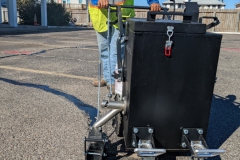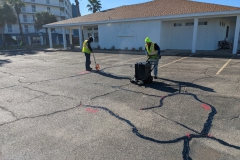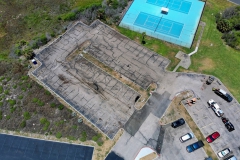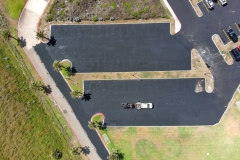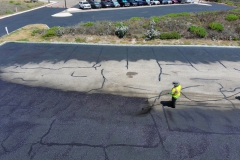crack seal
What are crack repairs?
To begin the process, the cracks in the asphalt surface are thoroughly cleaned and cleared of any debris, vegetation, or loose particles. This can be done using a broom, brush, or high-pressure air blower. The cleanliness of the cracks is crucial to ensure proper adhesion and longevity of the repair.
Once the cracks are clean, an asphalt crack filler or sealer is prepared. This typically involves heating the asphalt emulsion to a suitable temperature for application. The heated tar is then poured or applied directly into the cracks, using a variety of tools such as a pour pot, squeegee, or crack sealing machine. The goal is to fill the cracks completely, ensuring a tight seal that prevents water penetration and further deterioration.
After the tar is applied, it needs time to cure and harden. The exact curing time may vary depending on the environmental conditions, but it typically takes several hours or even a full day. During this time, it's important to keep the sealed area free from traffic and avoid any disturbances that could compromise the repair.
Sealing asphalt cracks with tar provides several benefits. It helps prevent water from seeping into the cracks, which can cause further damage through freeze-thaw cycles. By sealing the cracks, it also helps to minimize the ingress of debris and contaminants, reducing the risk of structural deterioration.

